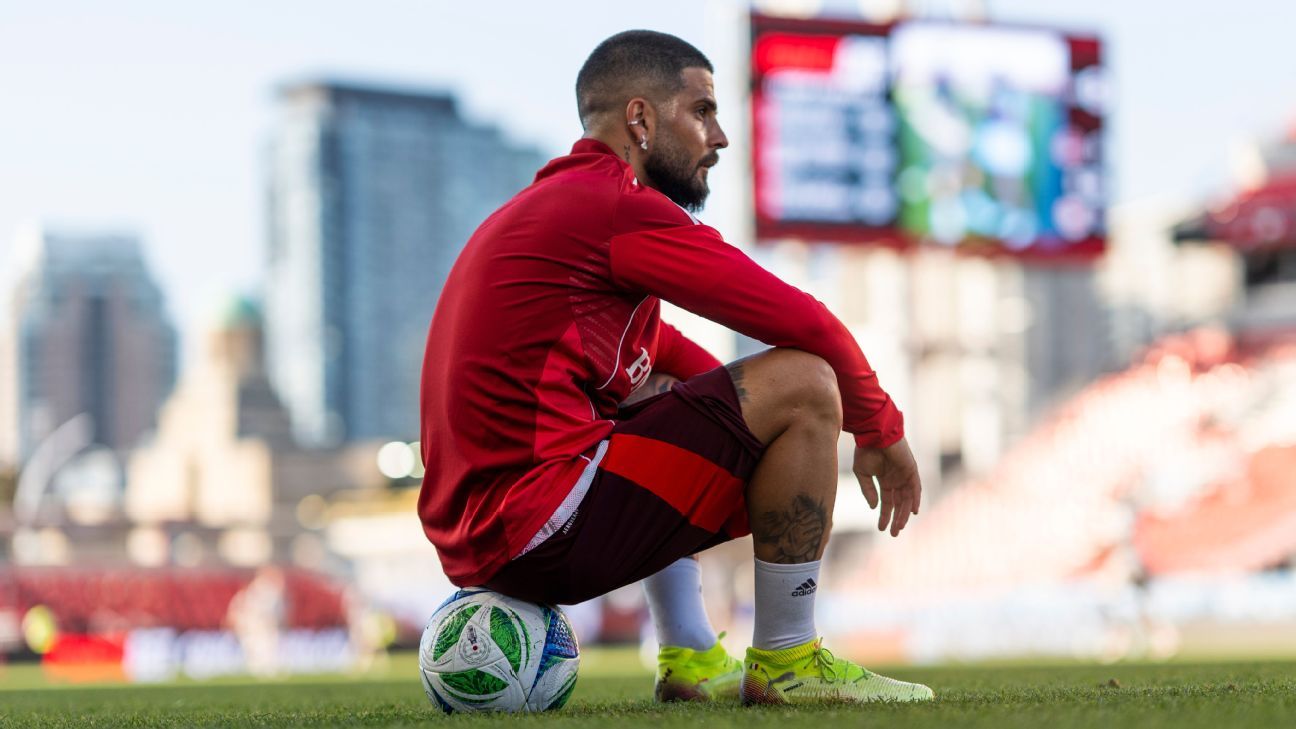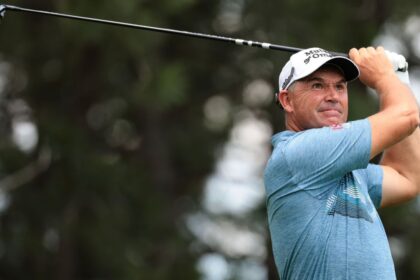With the opening of the MLS Summer Transfer window on Thursday, teams will start releasing players deemed unsatisfactory for both current and future seasons. However, recent trends indicate that clubs need to approach these transactions with caution—perhaps even a “Buyers Beware” mentality.
Toronto FC’s decisions involving Lorenzo Insigne and Federico Bernardeschi, who earned a combined $21.7 million, highlight this reality. Though Insigne contributed 15 goals and 10 assists and Bernardeschi recorded 25 goals and 12 assists over four seasons, both players were released to pursue free agency as the team failed to reach the playoffs while they were on the roster.
Similarly, LAFC mutually agreed to part ways with striker Olivier Giroud after just three goals and four assists in 21 league matches over a total of 1,136 minutes. Despite scoring in the Open Cup final, his overall contributions fell short of expectations for a World Cup winner.
So what steps can teams take to avoid pitfalls with designated players (DPs)?
First, thorough research is essential, particularly if the player isn’t a marquee name like Lionel Messi. It’s important to consider factors beyond on-field talent, including a player’s fit within the team’s system, language barriers, injury history, and adaptability to the league’s unique challenges like travel and climate.
Next, teams need to assess the type of DP they’re targeting. Are they seeking a veteran player nearing retirement or a younger talent with potential for a lucrative transfer abroad? There are also considerations regarding how well the player’s presence could impact attendance and sponsorship opportunities. In Giroud’s case, he met many requirements, but struggled to fit into LAFC’s transition-focused style.
“When players adapt successfully to our style of play, it can create a perfect match for the team and coaching staff,” said one coach. “The key is ensuring they are comfortable on the field.” Player motivation is also crucial for productivity—success stories like Inter Miami’s signing of Messi and others stem from their competitive mindset.
Greg Vanney, coach of LA Galaxy, has witnessed both successful and unsuccessful DP acquisitions throughout his career. He cites motivation as a critical factor in the differences between players like Sebastian Giovinco, who thrived, and Jermaine Defoe, whose tenure was less fruitful. “It’s really about personality,” Vanney explained.
According to Vanney, Gioviinco aimed to establish a legacy through championships, while Defoe seemed more interested in personal success and lifestyle. It’s important for teams to prioritize players who meet their specific needs rather than simply acquiring big names. He highlighted successful signings from last season that complemented each other and raised overall team performance.
“It’s not effective to say, ‘Oh look, strong players are available,’ without aligning them with team needs,” Vanney stated. “Addressing specific requirements often leads to better outcomes.” Thoroughly understanding a player’s background is vital, and due diligence will simplify the process—something clubs must invest in.
At times, meeting players in person before signing can offer valuable insights into their motivations. “We need to be prudent in scouting players who possess a hunger to grow and accept challenges, as these attributes often align with success in our league,” said another general manager.
Vanney pointed out that many recent signings are adept at navigating interviews with future clubs, further emphasizing the importance of reaching out to contacts familiar with players from prior teams. Medical staff should also look into injury histories while training habits can provide additional indicators. Previous success in leagues comparable to MLS also features on the evaluation checklist.
“Players from Belgium may be less expensive, yet they have often transitioned well to our league,” Vanney noted, recognizing similarities between the two competitions. Understanding a player’s adaptability can be a clear predictor of success, as FC Cincinnati’s experiences with various DPs illustrate; for instance, Brenner and Evander have had different impacts on the team’s dynamics. Brenner, having only played in Brazil, struggled with cultural and professional acclimatization, while Evander, who has played in Denmark, adjusted more swiftly with higher professionalism.
General Manager Chris Albright emphasizes “self-awareness” as a significant trait, noting that adaptability goes beyond just cultural factors. This factor broadens to include navigating the salary cap and team dynamics that may challenge new players—especially those who might not be accustomed to their new environment.
“Players need to capture the magnitude of their positions, especially when dealing with younger teammates. A culture of acceptance and openness is essential,” Albright stated.
The support structure surrounding new players, especially those with families, plays a crucial role in their transition. Adequate resources addressing family needs—like healthcare and schooling—are vital in a league where extensive travel can strain personal lives. Frustration from family matters often distracts players on the field.
This balance has proven effective for FC Cincinnati, as their current designated players, Evander and Kévin Denkey, contribute both creatively and resolutely to the team’s success. Nonetheless, navigating the issues surrounding Brenner and Aaron Bupenza has taught the club invaluable insights, reinforcing that even with strong support, managing a DP situation isn’t straightforward.
“It’s a tough situation,” Albright acknowledged. “Expectations are high, leading to hopes for better outcomes. Self-honesty is paramount in evaluating player fit and circumstances—especially with the emotional investments made,” he added.
The evolving lessons regarding how MLS teams approach DPs indicate a shift toward acquiring younger talent. “Players like Denkey are breaking molds,” Albright noted. “At just 23, he has never been a major scorer in Belgium before.” Yet, the allure of established stars remains significant. Players like Marco Reus, despite injury concerns, are still highly regarded for their legacy and able contributions, reflecting the dual-track strategy teams must maintain.
“In the U.S., we have a vast sports market,” Vanney concluded. “Shifting exclusively to younger DPs could diminish the excitement levels. Therefore, cultivating future stars remains critical in balancing established names with emerging talent.”
As for future DP rules, questions loom on whether these players will be integrated into standard roster budgets or remain separate. Regardless, teams must stay vigilant and perform due diligence in their player acquisitions.
Fan Take: The dynamics surrounding designated players in MLS are becoming increasingly essential for the future of soccer in North America. As franchises navigate the complexities of player acquisitions, their choices will significantly influence the league’s competitiveness and growth, capturing the attention of fans everywhere.



